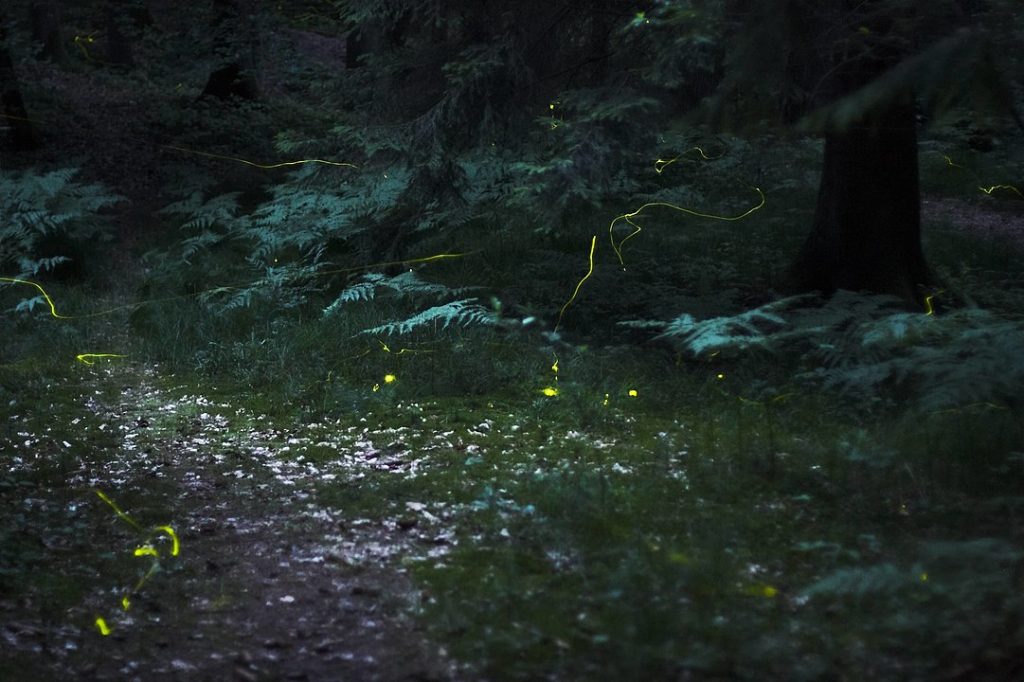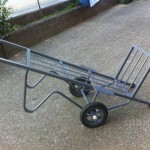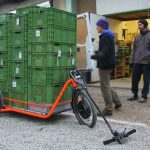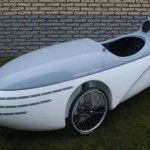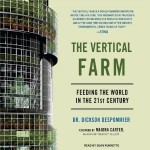Coppicing & pollarding trees could provide us with energy, materials and food — but also with a lot of glow-worms (or fireflies), a research paper argues:
The glow-worm Lampyris noctiluca (Linnaeus, 1767) (Coleoptera: Lampyridae) is thought to be declining in the UK. Average glowing counts at 19 sites in Essex, south-east England, changed from ca. 20 glow-worms per km of transect in 2001 to ca. 5 glow-worms per km in 2018.
There is a clear signal of climate warming and drying effects on glow-worm numbers, but a substantially greater proportion of variation in glowing female counts is explained by local-scale site factors, such as unmanaged scrub encroachment. Brash and wood chippings provide habitat for glow-worm larvae while bare ground is important for glowing females.
Management that increased site populations included scrub clearance on a seawall flood defense embankment and coppicing in an ancient woodland. Sustained favorable management of sites by coppicing and scrub cutting may buffer populations against declines caused by climate drying and warming and benefit other insects such as butterflies.
In the UK, the widespread cessation of traditional coppicing in ancient woodlands in the 20th century has had a detrimental impact on the insect fauna associated with open woods:
Glow-worms were said to have disappeared from many Essex woods in the late 19th century, and have become very rare in Epping Forest, possibly due to the cessation of traditional pollarding (cutting of trees at approximately 5 m off the ground to prevent deer browsing re-growth) in the 20th century. Anecdotal evidence from Shut Heath Wood suggests that coppicing of willow has been beneficial for glow-worms over many years.
In the summer after winter coppicing had taken place there was often a number of glow worms in the coppiced area. Once the coppice had grown, even after 1 year’s re-growth, glow worms declined in the coppiced area. This indicates that glowworms may have a continuous cycle of building up abundance in newly coppiced (cut) areas, before declining or moving to an adjacent cut area (also known as a coupe).
Railways
Railway lines, used or disused, also offer a particularly good habitat for glow-worms, perhaps because the track bed (ballast) has a plentiful supply of the calcium which snails need to build their shells:
Most of Britain’s railway network was built at a time (1800s) when glow-worms were much more widespread, therefore providing an excellent system of ‘corridors’ along which isolated habitats could be colonized. Railway lines, both disused and active, provide ideal glow-worm habitats, with egg laying occurring in exposed, well-drained areas on top of embankments, while larvae may need the moisture gradients present on the steep slopes to forage.
Read the whole story: Gardiner, Tim. “There Is a Light That Never Goes Out! Reversing the Glow-Worm’s Decline.” (2021).
Image: Fireflies in the woods near Nuremberg, Germany, exposure time 30 seconds. By Quit007 – Own work, CC BY-SA 3.0. Wikimedia Commons.
